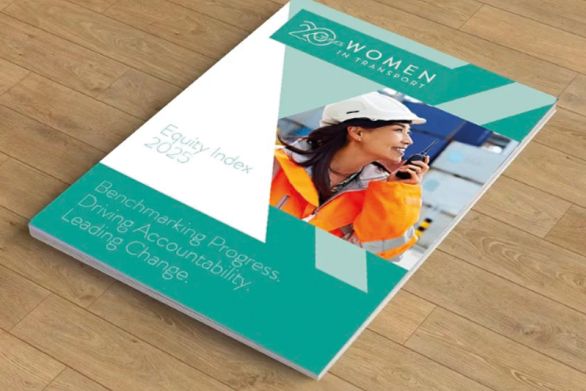A version of this article "Reforming Airport Passenger Facility Charges," originally appeared in reason.org/aviation-policy-news/new-approach-for-europe-u-s-airline-competition-and-more/
Across the United States, many airports see full air traffic recovery in sight and are seeking federal grants and using local revenue to fund projects. Unfortunately, one revenue source, the Passenger Facility Charge (PFC), has not been updated for over 20 years, reducing the value of this source to fund projects and back bonds to upgrade airports. But there is a window of opportunity open.
The current FAA authorization expires on Sept. 30, 2023, and the industry is already preparing for a challenging effort. Today, after years of being in surplus, the Airport and Airway Trust Fund (AATF) has an inadequate balance to meet FAA budgetary needs (due to the drop in traffic and the suspension of taxes and fees during the height of the pandemic), which includes the capital and operating elements of air traffic control, airport infrastructure grants (AIP), research, and a slew of other needs.
 (Image of the PHX Sky Train (c. 2012), funded in part by PFCs)
(Image of the PHX Sky Train (c. 2012), funded in part by PFCs)
To return the AATF to financial sustainability will require a review of current taxes and fees and forecasting how their collection will fund the $18.6 billion annual FAA budget. In this environment, the PFC, as an airport “self-help revenue source”, can better leverage federal capital grants and increase the financial sustainability of the AATF. Several years ago, while I was sitting on the FAA Management Advisory Council and we were recommending significant reform in the delivery of air traffic control, Robert Crandall, the former CEO of American Airlines, noted “doing a deal to swap higher PFCs for AIP—and building in provisions to give airlines some protection from airport grandiosity—would be a good deal for airports, airlines, passengers, and Mr. and Mrs. America who do not want to travel through run-down, out-of-date airport facilities.”
While many ideas have been offered over the last two decades for updating the PFC, here are four:
- Deregulate the PFC: allowing the airport to set the rate level by type of traffic (e.g., international, domestic, connecting), as in Canada with their AIF;
- Raise the PFC ceiling to account for inflation and index it: policymakers could raise the ceilings and build in an annual cost-based adjustment – e.g., initially $6.00 and $8.00 for the two PFC rate levels;
- Adjust the PFC ceiling (as with 2 above) but retain the current levels for connecting traffic: this would recognize that connecting traffic does require infrastructure, but it would help mitigate the effect on small communities and their air service; and
- Stipulate that 75% of airport terminals are PFC eligible: thereby greatly simplifying the application process. If airports would like a higher proportion to be eligible, they would have the option to submit more detailed analyses.
For additional information, please see the linked article.
Robert Crandall, the former CEO of American Airlines, noted “doing a deal to swap higher PFCs for AIP—and building in provisions to give airlines some protection from airport grandiosity—would be a good deal for airports, airlines, passengers, and Mr. and Mrs. America who do not want to travel through run-down, out-of-date airport facilities.”
 (Image of the PHX Sky Train (c. 2012), funded in part by PFCs)
(Image of the PHX Sky Train (c. 2012), funded in part by PFCs)











